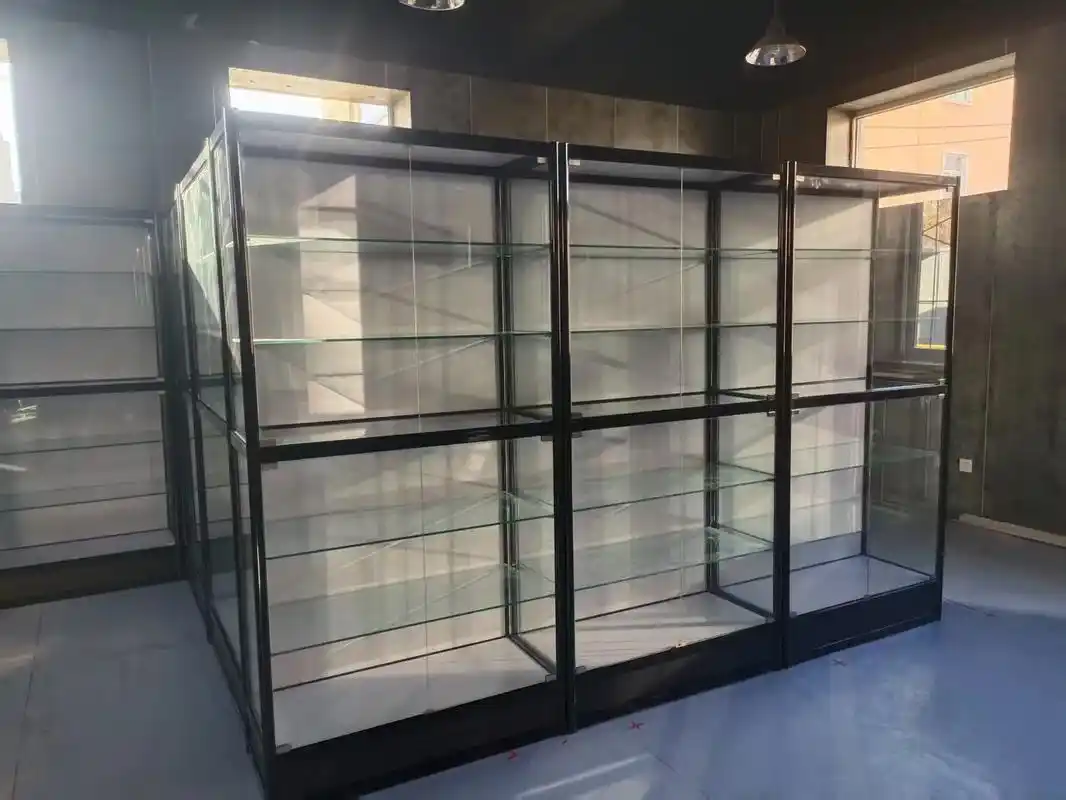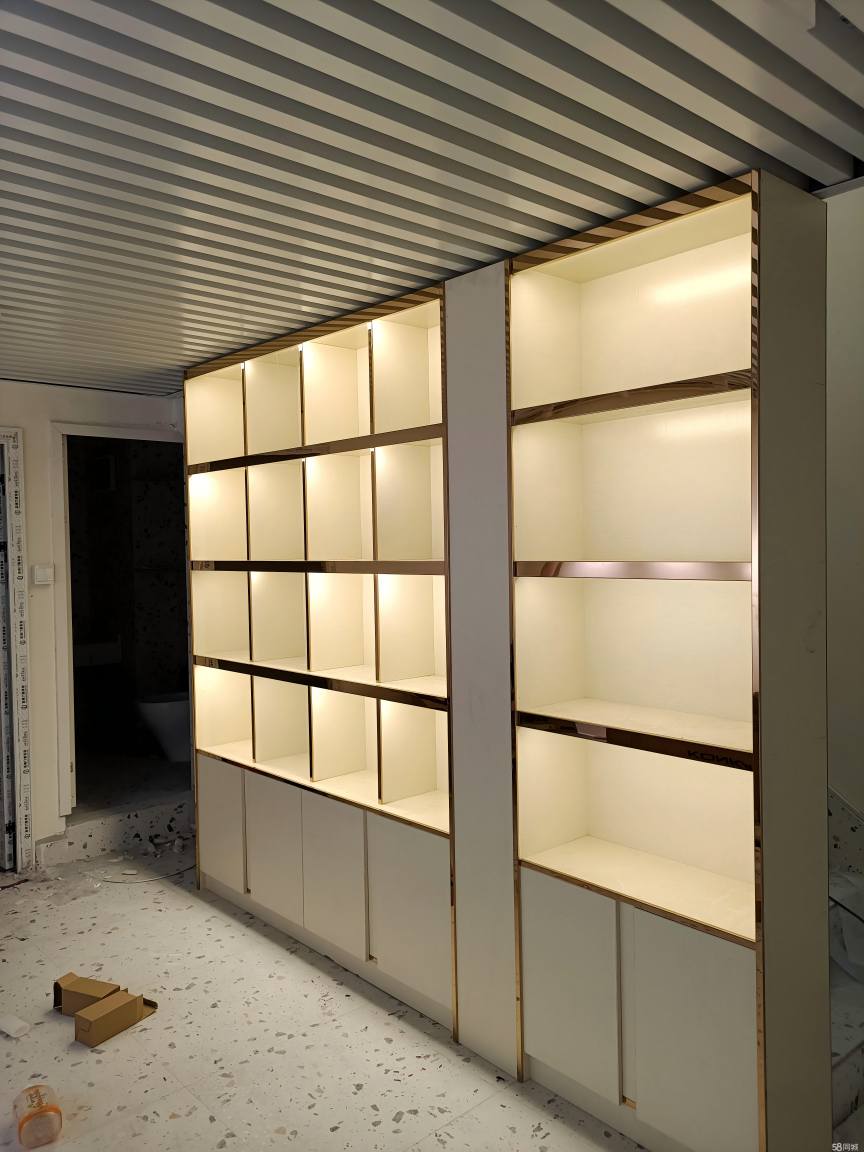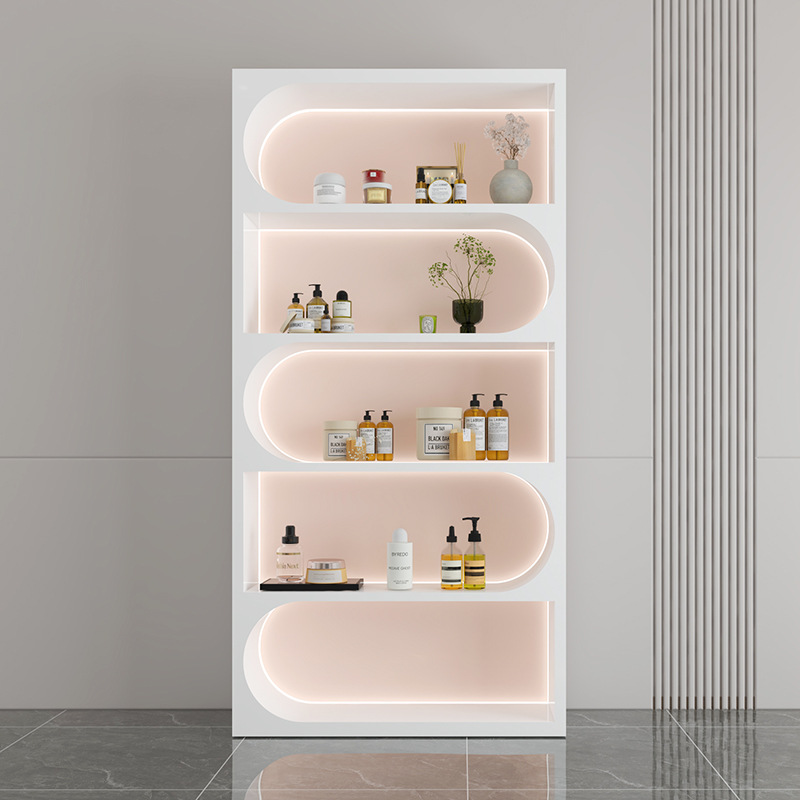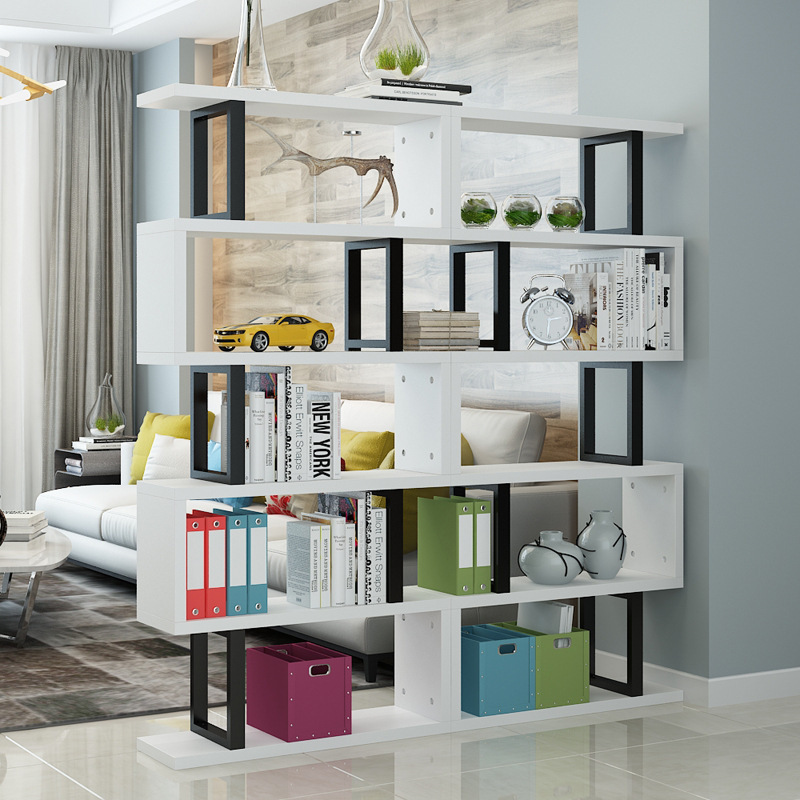Display cabinets are specialized exhibition units designed to protect merchandise displays. Common materials include wood, metal, glass, plastic, and engineered wood panels. Synthetic wood is predominantly used in wooden cabinets to prevent deformation, while aluminum is the lightest and most portable metal option. These cabinets typically feature modular designs for easy assembly, disassembly, and transportation. The back panels are often made of mirror-like or opaque materials, with light boxes and spotlights installed on the top. They are widely used in retail sectors such as jewelry, cosmetics, handicrafts, and home appliances, as well as in corporate exhibition halls and department stores. By structural form, they are categorized into wall-mounted cabinets, center cabinets, table-top cabinets, and display boxes.

In 2024, the market size of jewelry display cabinets in China alone reached 569 million yuan, not including other industries, which shows how large the entire display cabinet market is. Customized products account for 88.6% of display cabinets, while store replacement demand accounts for 26.7%. The upstream industry involves raw materials such as glass and stainless steel, while the downstream covers the exhibition fields of gold jewelry and artworks. Currently, the manufacturing of display cabinets is trending towards environmentally friendly materials and intelligent production techniques. Enterprises are also planning to develop a full-channel strategy both online and offline, focusing on scenario-based displays and improving logistics efficiency.

I.The structure of the display cabinet
Display cabinets installed against walls feature opaque back panels available in matching cabinet colors, white, or mirrored finishes. The top section accommodates light boxes with built-in fixtures, while interior lighting options include fluorescent tubes and spotlights. Customizable dimensions allow height, width, and length adjustments. Square display cabinets typically feature four-sided translucent glass panels, ideal for showcasing small items like jewelry, watches, mobile phones, eyeglasses, and medicines. They also serve as versatile displays for larger items such as gifts, handicrafts, electronics, stationery, and tobacco products.
To accommodate various display applications, the cabinet features a fully detachable and installable structure with no adhesive components. A single screwdriver suffices for assembly and disassembly, ensuring easy maintenance and convenient transportation.
![]()
II. Display Cabinet Design Principles
The purpose of creating display cabinets is to enable audiences to efficiently absorb information within limited time and space. Therefore, counter design focuses on enhancing the effectiveness and quality of exhibition activities. Beyond the design of the exhibition environment itself, the arrangement of displayed items also constitutes a crucial aspect of display cabinet production. Consequently, in addition to studying fundamental spatial design principles, it is essential to examine the visual physiology and psychological processes involved in human observation of exhibits. This forms the essential foundation for counter design.
The collection of display items will form a variety of visual factors, which have different degrees of influence on vision. The way human beings observe things has certain common characteristics, and the study of these common characteristics is the basic starting point of our study of visual laws.
Modern research in visual psychology and art psychology has made remarkable progress, with these findings widely applied in contemporary exhibition design. Drawing on common principles of visual behavior, counter design incorporates fundamental concepts of plane composition, three-dimensional composition, and color composition. Through practical implementation, these principles have evolved into a relatively comprehensive set of design guidelines and rules.
The application of straight lines, curves, circles, triangles, and rectangles forms the foundational visual elements in design. Straight lines, being the most ubiquitous visual phenomenon, are among the most widely used elements in counter design. When properly employed, they create clear visual impact. Strategically applied curves enhance the overall effect, generating rhythmic variations that counterbalance the cold, rigid atmosphere of purely straight lines. Geometrically, a circle is defined by continuous curves where all points equidistant from the center. In counter design, circular shapes prove particularly versatile—whether solid plates or hollow rings. Their use ensures harmonious integration across all design components. Triangular or pyramid-shaped forms introduce richer visual imagination and contrast in counter compositions. Typically, asymmetrical triangular clusters positioned at different angles create dynamic variations. Rectangular elements in displays essentially combine two forms—rectangles and squares—through organic integration of varying areas and volumes with cubes, yielding countless variations. This remains one of the most common techniques in practical display design.
IV. Details to be noted when manufacturing display cabinets
Key Considerations for Display Cabinet Design. The construction of display cabinets involves numerous critical details, as their visual presentation directly influences consumers 'perception of product positioning and value. Essentially, there are five key aspects to focus on: ① Authenticity ② Contemporary aesthetics and cultural elements ③ Environmental consciousness ④ Intuitive visual appeal ⑤ Auxiliary display facilities. While we won't delve into these specifics here, we'll explore them in greater depth in our next article.
If you have any questions about custom display cabinets, please feel free to contact us. We are a professional manufacturer specializing in customizing various display cabinets.




